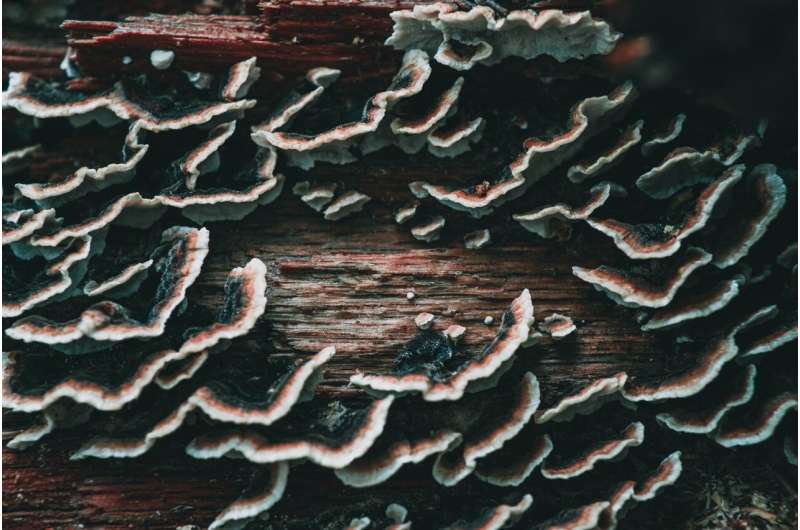New norms needed to name never-seen fungi

What's in a name? The importance of accurate fungal taxonomy New Zealand's horticultural and agricultural economy relies on effective biosecurity. This requires keeping major pests and pathogens out of Aotearoa, as well as detailed knowledge about what organisms are already present in our natural and productive ecosystems and whether they are 'good' or 'bad' for the health of those ecosystems.
However, biosecurity management decisions are possible only if organisms detected can be reliably identified and have accurate names. Fungi, for example, include many important crop pathogens, such as the Puccinia graminis-like cereal rusts. Individual species in this group of rusts are very difficult to tell apart, but it is important to do so because only some of them are present in New Zealand.
And, as a new paper on the challenges of cataloguing fungal diversity just published in Nature Microbiology points out, we are currently in a discovery phase in the fungal kingdom: 150,000 species are currently known to science but 2.2 to 3.8 million are estimated to exist.
The rules that govern the naming of fungi, embedded in the International Code of Nomenclature for Algae, Fungi, and Plants, date back more than 150 years, but they are now having to be updated every four to six years to keep abreast with new scientific and technological developments. The novel approach of environmental DNA (eDNA) sequencing is revealing a large number of previously unknown fungi from soil, water, air and other sources, which are only known from their DNA and have no physical specimen or living culture.
Mycologists—scientists who study fungi—are at the forefront of this work, including Dr. Peter Johnston of Manaaki Whenua—Landcare Research, who is a member of the International Commission on the Taxonomy of Fungi and a contributor to the above paper.
Mycologists face the challenge to quickly, yet properly catalogue the vast fungal diversity unveiled by these new approaches, and to provide a stable naming system that enables accurate and precise communication between taxonomic experts and a diverse user community. To achieve this, the authors of the new paper, representing global expertise in all areas of mycology, elaborate on how the naming of fungi is being adjusted to these new requirements, balancing the need for names as an effective currency for communication with the huge amount of exciting new findings that emerge every day from the latest studies on fungal biodiversity.
According to Dr. Johnston, it's an exciting time to be a fungal taxonomist. "Basic presence/absence data, underpinned by accurate naming and identification, are central to the management of border biosecurity risks to New Zealand. Whereas in the past, fungi were identified in terms of shape and colour under the microscope, suddenly we have an almost unlimited ability to detect and separate one new species from another, and to validate what we already know.
"We are currently in a frontier discovery phase in mycology worldwide, and our paper proposes how to handle the naming and classification of this vast new diversity."
More information: Robert Lücking et al. Fungal taxonomy and sequence-based nomenclature, Nature Microbiology (2021). DOI: 10.1038/s41564-021-00888-x
Journal information: Nature Microbiology
Provided by Manaaki Whenua - Landcare Research



















